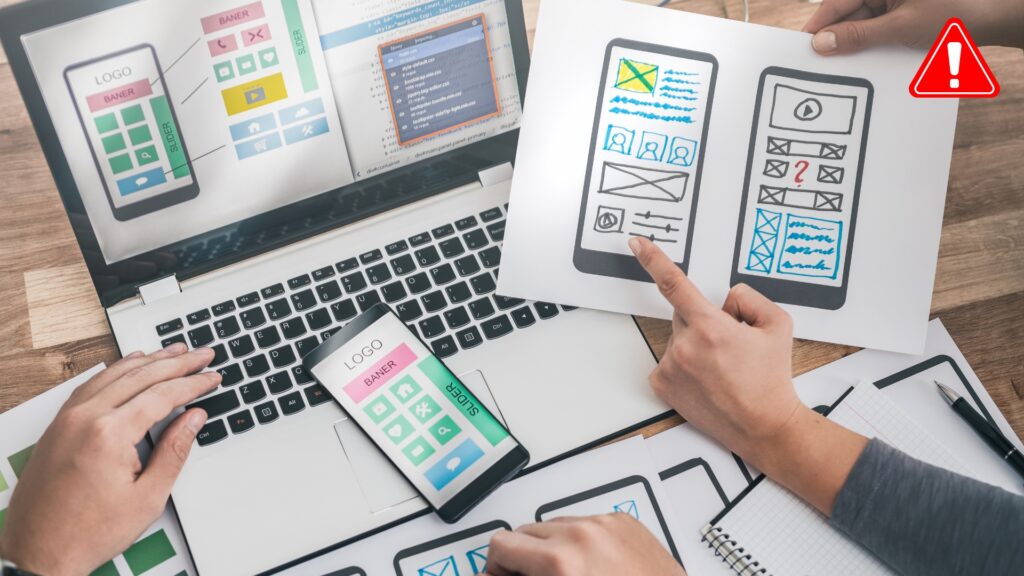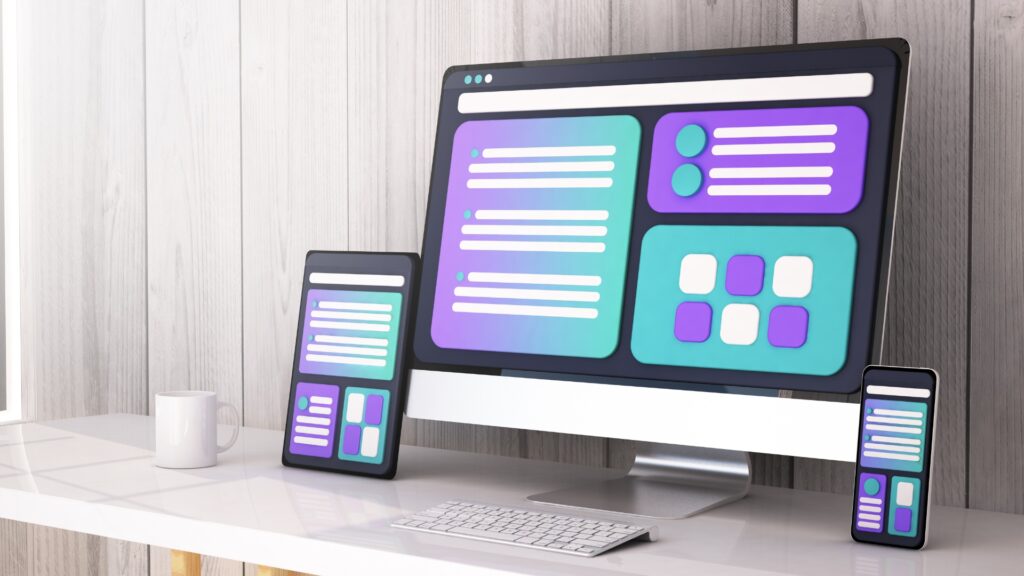If your blog layout still looks like a boring feed of headlines, it’s time for an upgrade. With Elementor Pro, you can build a custom blog grid that actually fits your brand, clean, modern, and designed to convert readers into followers. Whether you’re a coach, creator, or service provider, this tutorial shows you exactly how to build a beautiful blog layout in WordPress using Elementor Pro. Let’s walk through each step so you can build a blog grid that not only looks great but also works on desktop, tablet, and mobile.
Step 1: Use Elementor Pro and Get Hosting with Hostinger
To follow this tutorial, you’ll need Elementor Pro, the free version won’t give you the custom post grid feature. You’ll also need a fast and reliable host.

Starting at $4.92/month
Only $99/year and get a 30-Day Money-Back Guarantee
Key Features
Theme Builder: Customize every part of your WordPress site, including headers, footers, and post templates.
Popup Builder: Design and manage popups to enhance user engagement and conversions. WooCommerce Builder: Tailor your online store’s product pages and archives to fit your brand.
Why We Recommend It
Elementor Pro offers advanced design capabilities that empower users to create professional, customized WordPress websites without coding. It’s ideal for enhancing site aesthetics and functionality.
Pros & Cons
- Extensive widget library for diverse design needs
- Seamless integration with popular marketing tools
- Regular updates with new features and improvements
- Potential site speed issues due to larger DOM size
- Customer support response times may vary
If you don’t have one yet, I recommend Hostinger. It’s affordable, beginner-friendly, and works perfectly with WordPress and Elementor. Grab it now before setting up your page.
Starting from $2.49/month
Get Hostinger web-hosting from $2.49 /mo + extra months
Key Features
Extremely affordable
User-friendly control panel
LiteSpeed Cache for faster loading times
Why We Recommend It
Storage and Bandwidth:
30 GB SSD storage
100 GB bandwidth
Extras:
Free SSL certificate
Pros & Cons
- Low starting price
- Good performance for the price
- No free domain in the lowest-tier plan
- Support can be slow during peak times
Step 2: Create or Edit the Page Where You Want the Grid
Log in to WordPress and go to Pages > Add New, or edit an existing page where you want your blog posts to show up. Click “Edit with Elementor” to open the drag-and-drop editor.
This is where the magic happens.
Step 3: Add the “Posts” Widget from Elementor Pro
Search for “Posts” in the Elementor widget panel. Drag it into your page.
This is a Pro feature, so make sure you’ve activated Elementor Pro. If you’re using the free version, you won’t see this option. Once you drop it onto your page, Elementor will auto-populate the widget with your most recent blog posts.
Step 4: Customize the Blog Grid Layout
Now it’s time to make it yours.
In the widget settings, go to the Layout tab:
- Choose the number of columns (usually 2 or 3 looks best)
- Set how many posts per page to display (6 to 9 is a good start)
- Adjust image position to top, left, or none
- Tweak the image ratio to keep your design consistent
This is where your layout starts taking shape.
Step 5: Set the Query Filters
Still in the Posts widget, scroll down to Query settings.
Here, you control which blog posts show up in your grid:
- Show only posts from a certain category
- Filter by author or tags
- Manually choose posts if you’re curating a specific list
- Set order by date, title, or random for different effects
You can also exclude posts, like featured articles, that you don’t want in the main grid.
Step 6: Style Your Grid Design
This is where you go from default to designer.
In the Style tab of the Posts widget:
- Column gap: Add space between each post
- Row gap: Adjust spacing vertically
- Image border radius: Add subtle rounded corners
- Box shadow: Make your cards stand out from the background
Then scroll to typography:
- Change the font size and weight for your post titles
- Adjust hover effects so they match your brand
- Tweak the spacing between elements like title, date, and excerpt
If you want a minimal design, remove post metadata and keep only the title + image.
Step 7: Add Hover Effects to Images
Want the image to zoom or fade when someone hovers over it? In the Style > Image section, set a hover animation like “zoom in” or “fade.” This adds subtle movement to your layout and makes it feel more interactive.
Just don’t go overboard, keep it clean.
Step 8: Optimize for Mobile
Click the Responsive Mode icon in the bottom-left corner of Elementor.
Check your layout on tablet and mobile. Adjust column numbers, spacing, and font sizes so your grid looks good on every screen. You can:
- Switch to 1 column for mobile
- Add a little extra padding
- Use a soft border or shadow for separation
This step is key if you want to look professional across all devices.
Step 9: Preview and Publish
Once you’re happy with the design, click Preview to double-check how it looks on desktop, tablet, and mobile. Make sure the posts load correctly, the spacing looks clean, and the images are high-quality.
Then hit Publish, and your new custom blog grid is live.
Final Tips for Better Results
- Use real blog content while designing, not dummy text. You’ll get a more accurate preview.
- Keep your image sizes consistent for a clean layout.
- Don’t cram too much in. Use white space to let your content breathe.
- Match your blog grid styling with the rest of your site colors, fonts, and button styles, and they should be consistent.
And if you’re still using a free WordPress theme with a basic blog layout, this is your sign to upgrade to Elementor Pro. You’ll save time, skip code, and have full control over your design.
If you’re building your site from scratch, don’t forget to grab hosting first. Use Hostinger, it’s the best deal right now for WordPress users who want speed and support without breaking the bank. Once your hosting is set and Elementor Pro is activated, you’ll be building custom layouts like a pro, without needing a developer.





